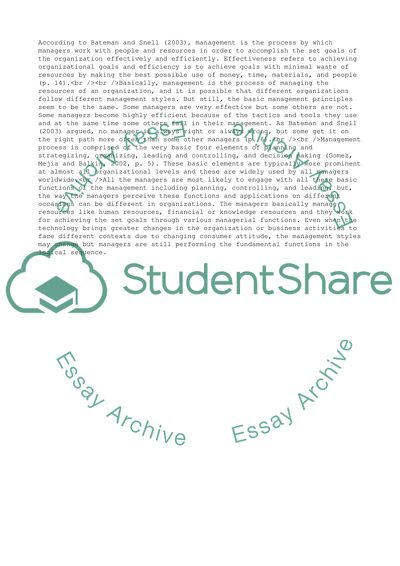Cite this document
(Quality System for Business Excellence Coursework, n.d.)
Quality System for Business Excellence Coursework. https://studentshare.org/business/1732973-quality-systems-for-business-excellance
Quality System for Business Excellence Coursework. https://studentshare.org/business/1732973-quality-systems-for-business-excellance
(Quality System for Business Excellence Coursework)
Quality System for Business Excellence Coursework. https://studentshare.org/business/1732973-quality-systems-for-business-excellance.
Quality System for Business Excellence Coursework. https://studentshare.org/business/1732973-quality-systems-for-business-excellance.
“Quality System for Business Excellence Coursework”. https://studentshare.org/business/1732973-quality-systems-for-business-excellance.


